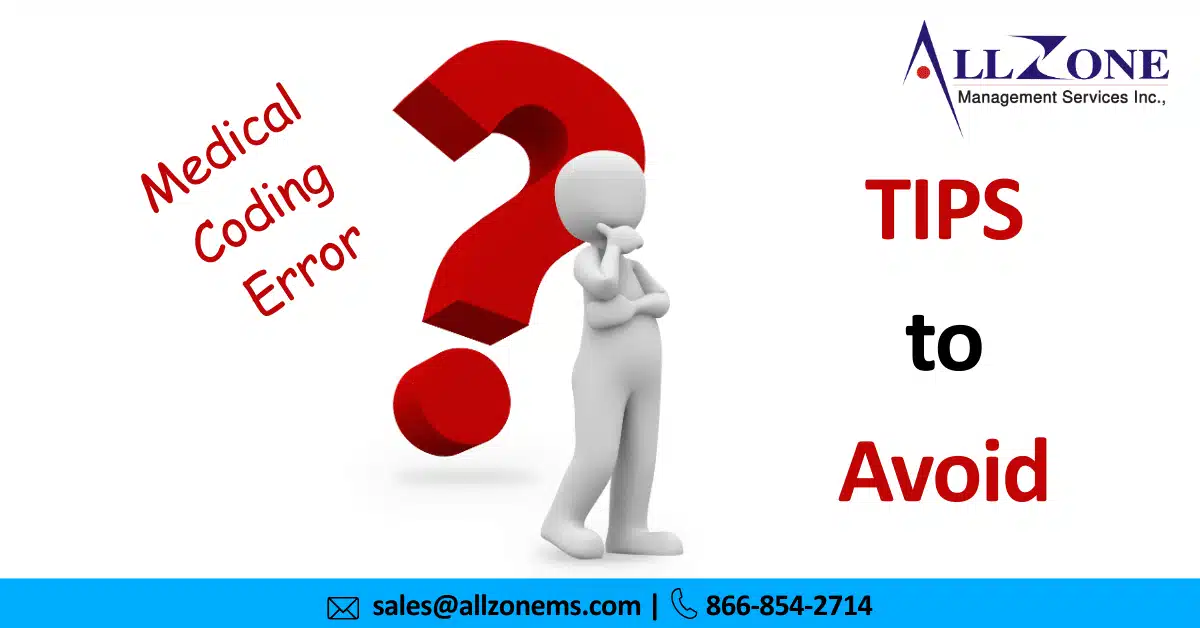Medical Coding Audits: Whenever you receive an “audit” email, do you feel a knot in your stomach? Fear not, fellow coder! Audits are an important part of maintaining secure, efficient, and well-documented code. They help identify areas for improvement and potential bugs before they cause major problems.
It is the purpose of this newsletter to demystify the audit process by focusing on the most common coding errors developers encounter, and by providing practical tips for avoiding them.
Understanding Medical Coding Audits
Medical coding audits are systematic reviews of medical documentation and corresponding codes to assess accuracy and compliance with coding guidelines. These audits can be conducted internally by healthcare providers or externally by insurance companies, government agencies, or third-party auditors. The goal is to ensure that services rendered are properly documented and coded, reflecting the severity of illness, level of care, and medical necessity.
Top Medical Coding Errors
-
-
- Upcoding and Downcoding: One of the most common errors is incorrect code selection, either intentionally (upcoding) to inflate reimbursement or unintentionally (downcoding) due to underestimation of complexity. Upcoding can result in allegations of fraud, while downcoding leads to revenue loss.
- Incomplete Documentation: Missing or inadequate documentation that does not support the codes billed is a significant error. It’s essential that medical records clearly detail the services provided, the patient’s condition, and the medical necessity of procedures.
- Unbundling: This error occurs when separate procedures that should be billed together as a single code are billed individually, leading to higher reimbursement than allowed.
- Modifier Misuse: Misusing modifiers, such as appending a modifier to a code without proper documentation supporting its use, can lead to claim denials or audits.
- Lack of Specificity: Using unspecified diagnosis codes when specific codes are available can result in claim denials or improper payments.
- Duplicate Billing: Billing for the same service or procedure multiple times within a single visit or across different providers is a common error that can lead to audits.
-
How to Avoid Coding Errors
-
-
- Education and Training: Continuous education and training for coders, physicians, and other healthcare providers on coding guidelines, updates, and documentation requirements are crucial.
- Regular Audits: Conduct regular internal audits to identify coding discrepancies and areas needing improvement before external audits occur.
- Documentation: Improvement Programs: Implement programs that focus on improving documentation practices to support accurate coding.
- Utilize Technology: Leverage coding software and tools that provide real-time coding suggestions and alerts for potential errors.
- Stay Updated: Keep abreast of changes in coding guidelines, payer policies, and regulatory requirements to ensure compliance.
- Collaboration: Foster collaboration between coding teams, clinicians, and billing departments to clarify coding rules and resolve coding-related issues.
-
Medical coding errors can have significant ramifications on healthcare organizations, affecting revenue, compliance, and patient care. By understanding common coding errors and implementing proactive measures to address them, healthcare providers can minimize risks associated with Medical Coding Audits and ensure accurate reimbursement for services rendered.
Stay tuned for more insights and tips on navigating the intricate world of healthcare coding. Remember, accuracy and compliance are key to a successful and sustainable healthcare practice. If you have any questions or topics you’d like us to cover in future newsletters, feel free to reach out.

